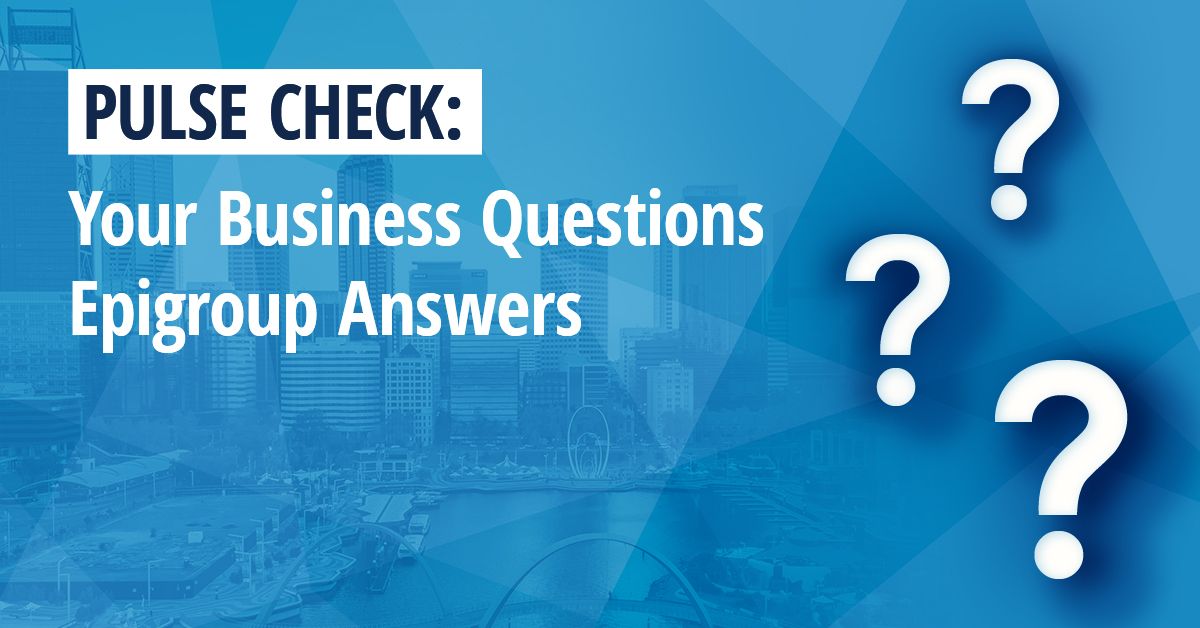When venturing into the programmatic advertising space, the acronyms and terminology can be confusing. Here’s a short list of some terms you’ll come across.
Programmatic advertising terms unravelled
Main payment methods:
- Preferred deal: A fixed price model where sellers can offer inventory to buyers at a predetermined price. Buyers get a first look at the inventory. A buyer can choose to bid for that deal, compete in the open auction if it’s available.
- Programmatic guaranteed: Does not involve an auction. It is also called programmatic direct, programmatic premium or programmatic reserved. Specific publishers offer guaranteed impressions or ad space, and automated software is used to buy it. You can get ad inventory faster, analytics and have more price control.
- Open auction: An auction, open to any buyer and it is in real time. The digital inventory can be bought from various publishers on an impression by impression basis. The cost per thousand (CPM) is variable. Demand and supply are matched between multiple buyers and sellers, and there are real-time feedback and the ability to optimise campaigns.
- Private auction: (Also called a private marketplace or private exchange) offers some of the same benefits as an open auction but is only open to buyers through an invitation.
Some other terms you might come across in your programmatic marketing journey:
- Ad exchange: A highly automated digital marketplace that allows various users to buy and sell display, mobile and video inventory. Some public exchanges include Google DoubleClick, Microsoft Media Network and OpenX.
- Ad impressions: Number of times a someone views a digital ad, or it’s loaded.
- Ad inventory: Space available for/or the number of ads a publisher can sell to someone wanting to advertise.
- Ad network: Networks that aggregate, categorise and sell inventory at a cost per thousand ad impressions (CPM). It enables advertisers to better connect to website and places where the target market goes.
- Ad server: The platform that publishers and advertisers use to help with digital ad management including storing and delivering to web browsers or mobile apps.
- Demand-side platform (DSP): Enables the automation of advertisers, agencies and networks buying ad impressions (display, mobile, search and video). It uses sophisticated algorithms to get the most value from each impression.
- Supply-side platform (SSP): Enables publishers to automatically sell ad impressions, whether display, mobile, video and search. Publishers can access a large pool of potential buyers.
- Data management platform (DMP): A centralised platform where agencies, publishers and marketers can merge and manage data. The platform enables advertisers to improve targeting by using a variety of data sources.
For a much more comprehensive list, go to this website









